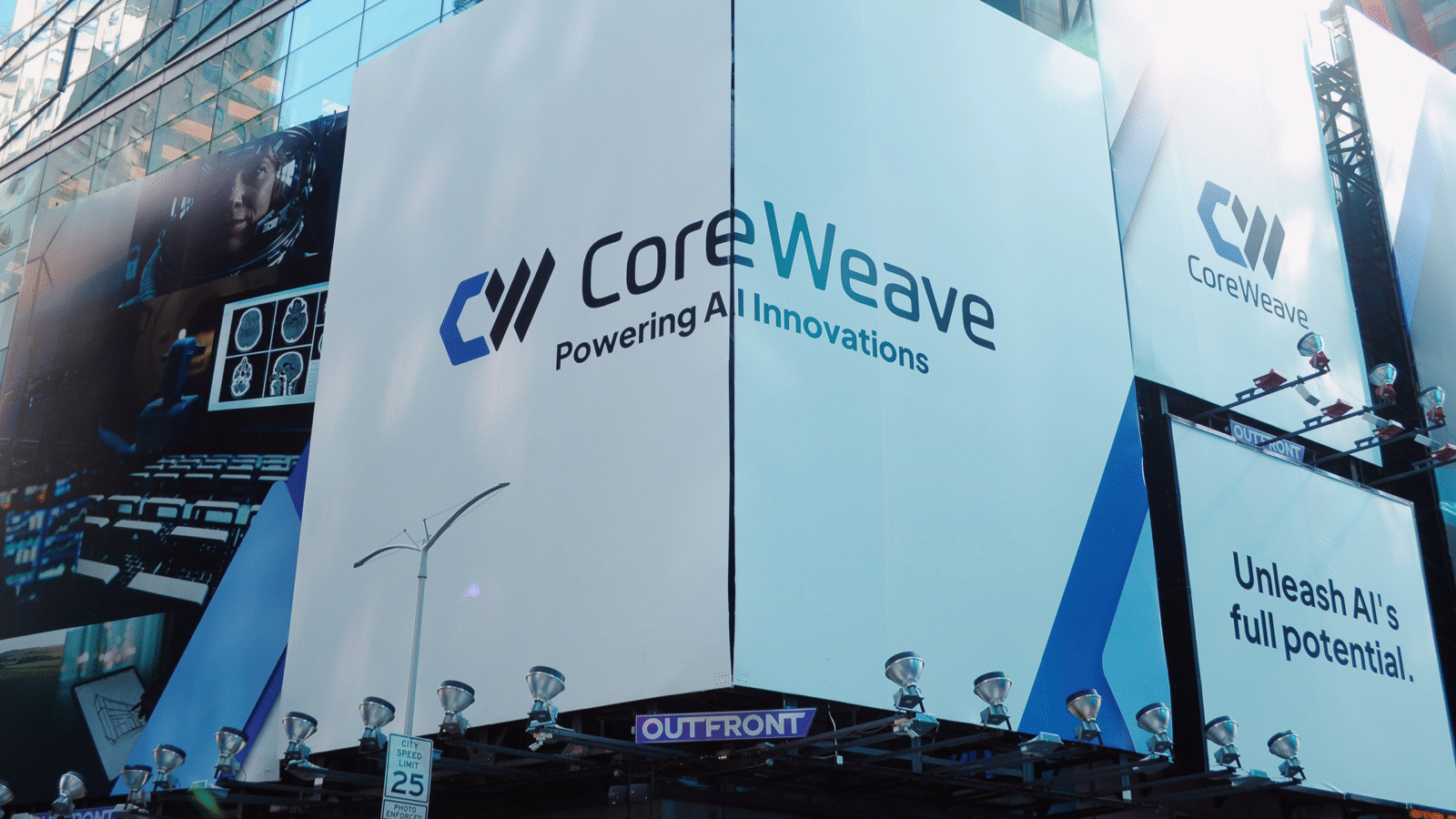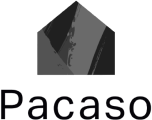Good morning. Welcome back to the work week. And the trade war.
In a letter to Canadian Prime Minister Mark Carney posted to social media late last week, President Trump threatened to impose a 35% tariff on some imports from Canada starting August 1. For those keeping score at home, that’s an increase from the current 25% tariff imposed earlier this year on Canadian goods — except, of course, those that fall under the purview of the US-Mexico-Canada Agreement. Nor is it likely to affect a 10% tariff already on some energy-related goods, one source told Bloomberg. Oh, and it also has nothing to do with tariffs on aluminum and steel, which are set at a heightened 50% under yet another separate tariff regime.
Wall Street has largely shrugged off the trade war in recent months, with the S&P 500 even hitting its eighth record high of the year on Thursday before the renewed trade rancor (the index unsurprisingly slipped on Friday). Wake up, guys, the carefree days of summer are almost over.
Zuckerberg Shells Out Lavishly for Superintelligence Super Team
A million-dollar pay package isn’t cool. You know what’s cool? A $200 million pay package.
That’s the amount of money Meta paid to coax Ruoming Pang, one of Apple’s top AI execs, into leaving the Cupertino, California, hardware company high and dry last week. It’s just Planet Zuck’s latest high-profile poach as it builds its “superintelligence” super team. But just how super is superintelligence anyway?
Superintelligent Design
The AI industry loves to create semi-vague buzzwords to serve as all-important goals and thresholds, and why not? It’s quite useful to give investors only a blurry vision of what’s on the other side of those billions and billions of dollars spent. If artificial general intelligence (AGI) remains the industry Holy Grail — the godlike hyper-intelligent entity that will solve all the world’s problems and/or destroy all of humanity using just a fraction of its available RAM — then super-intelligence is the somewhat more achievable step somewhere midway up the robotic evolutionary ladder.
Key word: somewhere, as even industry insiders don’t quite agree on what the buzzword means. Definitions range from “something that can at least match human capability in the sorts of cognitive tasks that people can typically do,” as Google DeepMind chief AGI scientist Shane Legg recently told Fast Company, to something a tad loftier. Researchers at IBM define it as “an AI system whose capabilities vastly exceed those of human beings,” and claim that some leading AI models may have already achieved superintelligence, at least in many fields and cognitive areas.
Either way, Meta is dead-set on not falling behind — and it’s reaching deep into its pockets to pay for some of the most intelligent people in the superintelligence space:
- In addition to Apple’s Pang, Meta has recently lured former GitHub CEO Nat Friedman, Safe Superintelligence co-founder Daniel Gross, Anthropic researcher Anton Bakhtin and about a dozen top workers from OpenAI. Meta also invested $14 billion to take a 49% stake in Scale AI, making founder Alexander Wang its chief AI officer in the process.
- The pay packages have been roundly super as well, though with some strings attached. Sources told Bloomberg that the roughly nine-figure salaries are packages of major signing bonuses and a base salary complementing a hefty amount of Meta shares, with much of it wrapped up in performance targets and loyalty clauses designed to lock in top hires for multiple years.
Through the Looking Glass: Superintelligence hires aren’t Meta’s only recent instance of splashy spending. Last week, sources also told Bloomberg that the social media giant dropped $3.5 billion to take a roughly 3% stake in EssilorLuxottica, the world’s largest eyewear manufacturer. That deepens Meta’s relationship with EssilorLuxottica brand Ray-Ban, which makes Meta’s wearable smart glasses. Similar to the superintelligence space, tech companies are now embroiled in a talent war in the spectacles sector. In May, Alphabet announced a $150 million partnership with Warby Parker, the favored glasses brand among hipster millenials.
Pacaso Is Popping Up In Big-Name Portfolios

Maveron. Greycroft. Fifth Wall. These aren’t just notable venture capital firms. They’ve all invested in Pacaso (Nasdaq ticker reserved: PCSO).
Now everyday investors like you have the opportunity to join them.
Pacaso created the vacation home co-ownership category in 2020. Today, over 2,000 people have owned a home through their platform, helping Pacaso generate $110M+ in gross profits to date (including 41% YoY growth last year).
And they have no plans to slow down. They have their sights set on expanding to locations including Rome, Florence, and Milan.
You can share in that growth potential as they scale in this $1.3T market. This is your chance to invest like a venture capitalist.
CoreWeave, Once the Year’s Hottest AI Stock, Takes Extended Tumble

For much of 2025, New Jersey’s CoreWeave was hotter than a spicy rigatoni, its shares rocketing after one of the year’s most anticipated initial public offerings.
But shares in the Livingston-based AI-cloud computing firm tumbled 9% on Friday, a day after an even steeper 10% fall, which had to make investors feel a little bit like Jersey Shore residents as the annoying Bennys arrive from North Jersey and New York for their summer holidays.
The Biggest Backer
CoreWeave was once a bit crypto player, with its founders buying up graphics processing units in the late 2010s to mine for bitcoin at high speeds. But they took what turned out to be a serendipitous pivot after a Bitcoin crash in September 2018: They raised money, bought more GPUs from then-hard-on-their-luck crypto miners and started offering their beefed-up chip capacity as a cloud service. Wisely, the company also rebranded from the extremely New Jersey name Atlantic Crypto to the high-tech sounding CoreWeave. It now runs 33 data centers in the US and Europe, with some leased to single clients and others to multiple.
Nvidia, now the world’s largest publicly traded company with a $4 trillion market cap, became an early investor with a $100 million stake in 2023, which it upped by $250 million shortly before CoreWeave’s March initial public offering. The backing of the Jensen Huang-led GPU juggernaut signaled a winner positioned at the heart of the artificial intelligence sector to investors. Shares ballooned after the IPO and peaked at $187, a more than 350% jump from their debut on June 20. Ever since, however, things have turned as downhill as the Kittatinny Mountains. Shares fell 23% last week and have mostly trended downward since the peak, despite business advantages:
- CoreWeave’s relationship with Nvidia has resulted in the company being granted preferred access to the chip giant’s GPUs. Last week, CoreWeave said it was the first company to make the power of the state-of-the-art Nvidia RTX PRO 6000 Blackwell Server Edition generally available on its platform — it was enough to move the stock up 1% on Wednesday before selling resumed to close out the week.
- In May, CoreWeave inked a $4 billion deal with OpenAI for access to its GPU power, on top of an existing $11.9 billion deal between the two companies. Meanwhile, CoreWeave last week announced a $9 billion all-stock acquisition of another crypto-miner-turned-data center firm, Delaware-based Core Scientific.
The Downside’s in the Details: Shares in Core Scientific fell 29% last week and are trading below the value of CoreWeave’s offer, suggesting investors think CoreWeave’s share price has room to fall more. The concerns aren’t about the company itself as much as its overheated valuation. For example, analysts at Needham downgraded CoreWeave after the deal was announced: They reasoned that the benefits of 150 to 200 megawatts of capacity and $500 million in annual operating savings are already priced into the stock. The overwhelming majority of analysts tracked by MarketWatch recommend holding the stock, and their average price target of $95.50 implies a roughly 30% downside to the current $139.30. Profitability in the short term also seems out of the picture: Wall Street projects Coreweave to report a $236 million loss in the second quarter, narrower than its $315 million loss in the first quarter.
WeightWatchers Returns With a Plan for the New GLP-1 World
WeightWatchers is no longer content to stew about its seemingly slender prospects in the Wegovy era.
After the GLP-1 onslaught plunged the company into Chapter 11 submission in May, the dieting brand emerged from bankruptcy last week to announce it had successfully trimmed the fat from its considerable debt load, built a strategy for success moving forward, and plans to relist on the Nasdaq.
GLP-One of Us
It’s worth remembering that the company, which rebranded as WW International in 2019, was already in trouble before a little weekly injectable came along that promised the same results as being a WeightWatchers client without the arduous processes of carefully scheduled workout classes and calorie-counted meals. The pandemic had already crushed its in-person business, and business never recovered. In 2018, the company reported annual revenue of $1.5 billion; by 2021, that had fallen to $1.2 billion, and by 2024, a measly $800 million.
By May, company lawyers proclaimed in a bankruptcy hearing that an “evolution in consumer preferences and the rapid rise of GLP-1s” made it unable to service its $1.6 billion debt load. Now? WeightWatchers wants to turn GLP-1s from poison pill to bottom line miracle drug, among other plans to rev up new revenue:
- The company has struck a deal with Novo Nordisk to sell weight loss drug Wegovy directly to clients on its online platform at $299 per month. WeightWatchers set the stage for such a movie in 2023 when it acquired telehealth company Sequence for $132 million.
- The company also plans to push into menopause treatment plans, which it says is designed to address a broader gap in healthcare. “It is a very natural overlap. In the perimenopausal and menopausal phase, up to 70% of women experience weight gain,” newly hired Chief Medical Officer Dr. Kim Boyd told Reuters last week.
The Ringer: The company will also have help from someone who knows the GLP-1 industry with great intimacy. As it emerges from bankruptcy, WeightWatchers has appointed a new board of directors — among them former Eli Lilly president Mike Mason, who helped pioneer the GLP-1 industry. “As medical treatments like GLP-1s become more widely used, the need for trusted, comprehensive care models that combine medication with lasting lifestyle change has never been greater,” Mason said in a statement.
Extra Upside
- Model Opponent: Chinese AI startup Moonshot released a new open source model on Friday that it claims outperforms DeepSeek’s V3 and rivals some leading US models.
- Green Cleanse: HSBC became the latest bank, and the first in the UK, to quit the industry’s climate coalition on Friday.
- Wall Street Insiders Are Noticing Pacaso (Nasdaq Ticker Reserved: PCSO). As Jon Najarian put it, it’s a “very disruptive” company, earning $110M+ in gross profits to date. And you can invest alongside firms like Maveron for just $2.90/share.*
* Partner
Just For Fun
Disclaimer
*This is a paid advertisement for Pacaso’s Regulation A offering. Please read the offering circular at invest.pacaso.com. Reserving the ticker symbol is not a guarantee that the company will go public. Listing on the Nasdaq is subject to approvals. The testimonials presented are the opinions of the individuals providing them. They may not represent the experience of all clients or investors and are not a guarantee of future performance or success. Individuals were compensated $50,000 for providing these testimonials and therefore, have a financial or other interest that could affect the objectivity of their statements.

